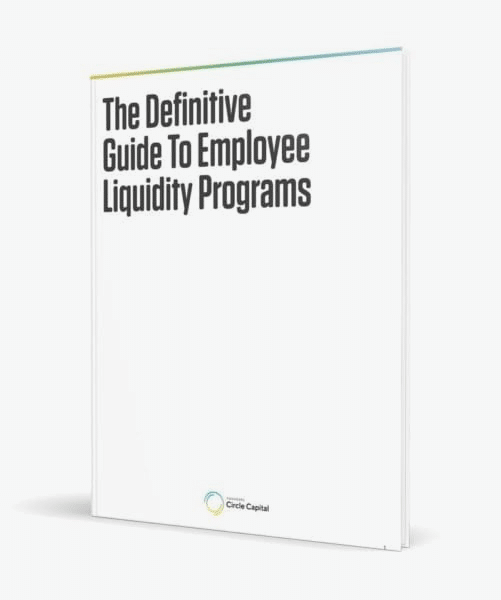Step 1
Set Eligibility and Restrictions
When setting up an employee liquidity program, a company should start by deciding who can participate and under what constraints. This ensures that the secondary share transaction aligns with their goals.
The main types of shareholders eligible in an employee liquidation plan include:
- Current founders or executives
- Current non-executive employees
- Early financial backers (friends and family, angels, boutique venture firms)
- Former employees
Under most liquidity programs, each shareholder is eligible to sell a certain number of shares based on the size of the pool set by executives and the board. One rule of thumb is if employee interest in the program is between $10 million and $50 million, companies typically limit eligibility to current employees. If interest in the program tops $50 million, the offer is generally open to all.
Executives are usually restricted to selling a smaller percentage of their shares than other classes of employees — typically just 10 percent. They may also face an absolute dollar limit on how many shares they can tender. These restrictions generally play well with non-executive employees. It shows that top company officers aren’t just in it for the money. Non-executive employees can usually sell between 10 and 25 percent of their common stock and vested shares.
Typical percentage of shares eligible
The program may also include early financial backers and former employees, who often are asked to give up 100 percent of their shares in order to participate. These groups are generally made up of people who no longer have a deep vested interest in the company, which makes them potential clients of unknown brokers. By including them, the company wrestles back stock that can be put to work in some profitable way.







